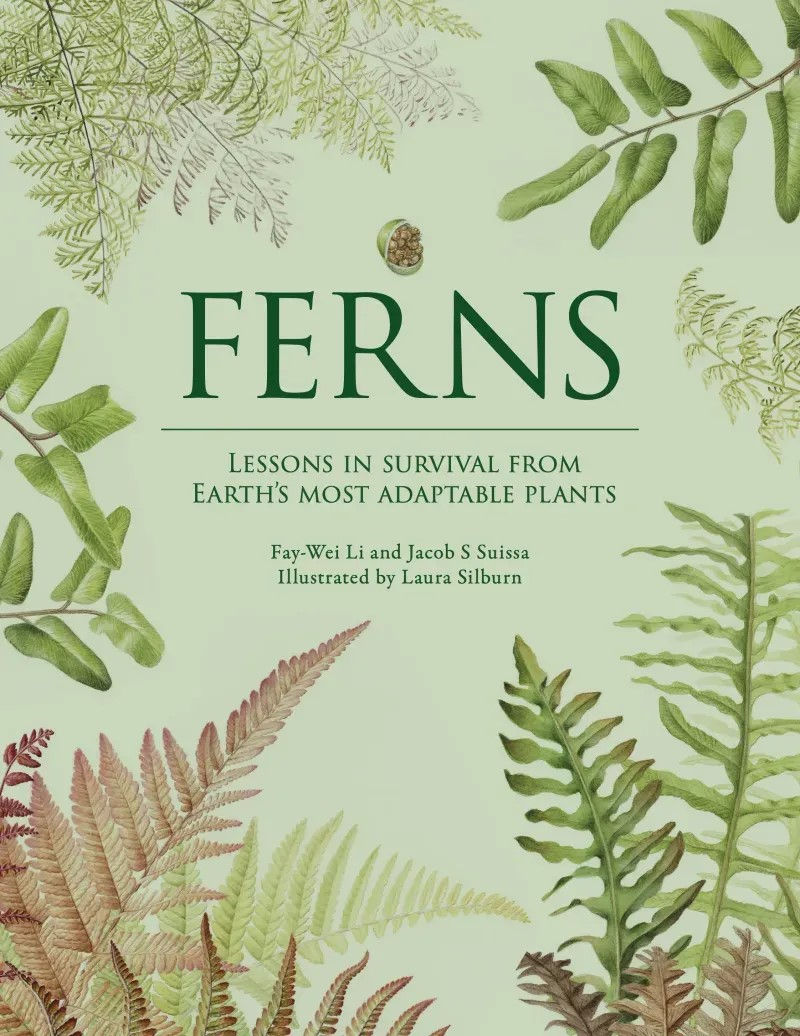Capturing Light by Margaret Best
- Mary Crabtree
- Jan 16, 2023
- 3 min read
Do highlights and reflected light in your paintings leave you in the dark? Botanical artist and tutor Margaret Best has produced a series of e-booklets and in this review we take a look at her guide to capturing light when working in coloured pencil.
Review by Mary Crabtree, botanical artist and ABA Education Team member

Margaret Best, well-known botanical artist and teacher, has begun publishing some of her most sought-after workshop topics in short, focused e-booklets. Available on her website, https://botanicalart.education, there are currently ten different topics, seven of which are covered in two versions each, one for watercolour and one for coloured pencil, and three standalone booklets (see a list of all of Margaret’s e-booklets at the end of this review).
I chose to review the coloured pencil version of ‘Capturing Light: A Focus on Highlights and Reflected Light’ since maintaining highlights is something I often struggle with in my own work.
The booklet is 31 pages, in .pdf format, and is packed with information. Following a list of supplies and equipment (including a helpful list of coloured pencils that are useful for highlights), Margaret offers a review of interactions between color, light, and shadow with examples from photography and paintings by the masters. The section on illumination of subjects gives great suggestions for clarifying ‘hot’ highlights, reflected highlights, and shadows and is followed by a discussion of color matching and how light and shadow effect chroma.
As the content moves from theoretical to practical, Margaret describes how structures and surface texture affect highlights and reflected light. There are examples showing how she maps out highlights on her drawings and including details on colors used and how they are applied to best effect. Many students will appreciate her description of how to observe and illustrate water droplets which Margaret says can be a ‘great warm-up exercise for raising highlight awareness before starting a study’.

The final pages of the booklet offer examples of creating highlights on shiny and dull subjects, including a step-by-step description of how Margaret created her amazing painting of a dark-purple, heirloom tomato.
Reading through this booklet feels like being in a workshop with the author. The writing is clear yet casual, with lots of notes and asides that are filled with helpful ideas and tips. Along the way, the reader is referred to Margaret’s other e-booklets for further information about shadows, color palettes, etc. This booklet will be especially useful for beginning students, but also offers valuable information and reminders for more experienced botanical artists.
Comment from the author:
I asked Margaret why she chose to publish her methods in the format of e-booklets and whether the format offered some advantage over more formal book publishing?
Her response was: " I felt that a single-topic, e-booklet format would make information accessible to a much larger audience at a much more reasonable cost and in a more convenient format than would be the case with a single comprehensive book.”
Margaret Best Biography

Botanical artist and tutor Margaret Best was born in South Africa and now lives and works in Nova Scotia, Canada. Margaret studied fine arts at the University of Calgary and later completed master watercolour classes with renowned botanical artists Anne Marie Evans, Pandora Sellars, and Katie Lee. She has exhibited her botanical paintings around the world and her artworks have been included in numerous American Society of Botanical Art international exhibitions in the USA. Her work is in the collections of the Hunt Institute for Botanical Documentation, the Royal Botanic Gardens, Kew, and numerous private and corporate collections around the globe. Margaret maintains an active teaching schedule in Canada, USA, Bermuda, and South Africa, as well as online. She is a member of the American Society of Botanical Artists, the Bermuda Society of Botanical Artists, the Botanical Artist Guild of Southern Alberta, the Botanical Artists of South Africa, and the Florilegium Society of the Royal Botanical Gardens of Sydney, Australia.
List of Margaret’s e-booklets available as of December 2022
Next release: January 2023
Link to General Theme e-booklets
Composition:
Composition Concepts – watercolour, coloured pencil, graphite
Introduction to Botanical Art:
A Place to Start in Botanical Art
Botanical Art Process:
Preparing for a Masterpiece – coloured pencil
Preparing for a Masterpiece – watercolour
Depth & Dimension:
Chasing Shadows – watercolour
Chasing Shadows – coloured pencil
Highlights & Reflected Light:
Capturing Light – watercolour
Capturing Light – coloured pencil
Colour Theme e-booklets:
Picking a Palette - watercolour
Going Green – watercolour
Going Green – coloured pencil
Natural Neutrals – watercolour
Natural Neutrals – coloured pencil
Botanical Palette – warm hues – watercolour
Botanical Palette – warm hues – coloured pencil
Botanical Palette – cool hues – watercolour
Botanical Palette – cool hues – coloured pencil
January, 2023 - Mary Crabtree, botanical artist and ABA Education Team member



